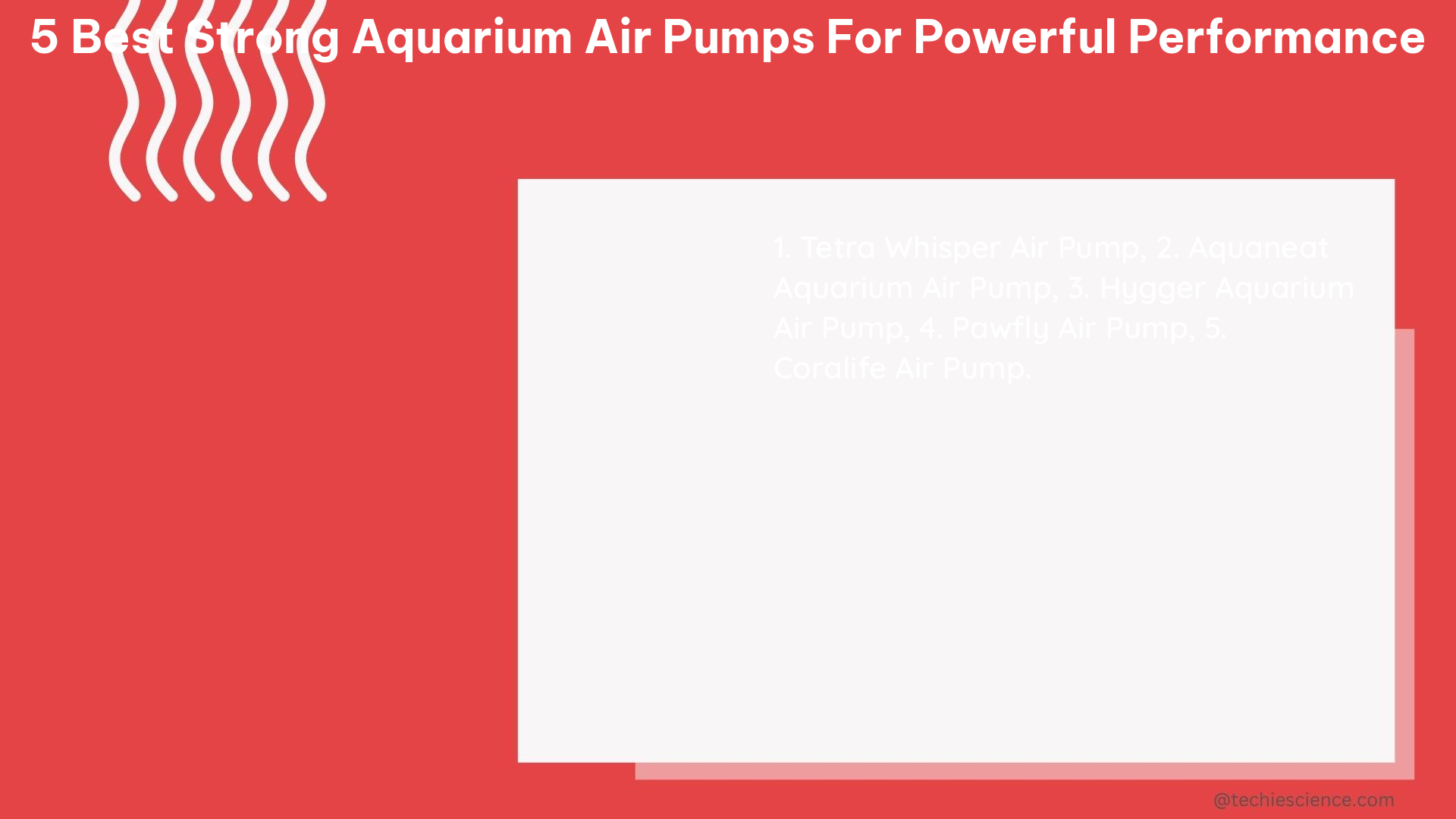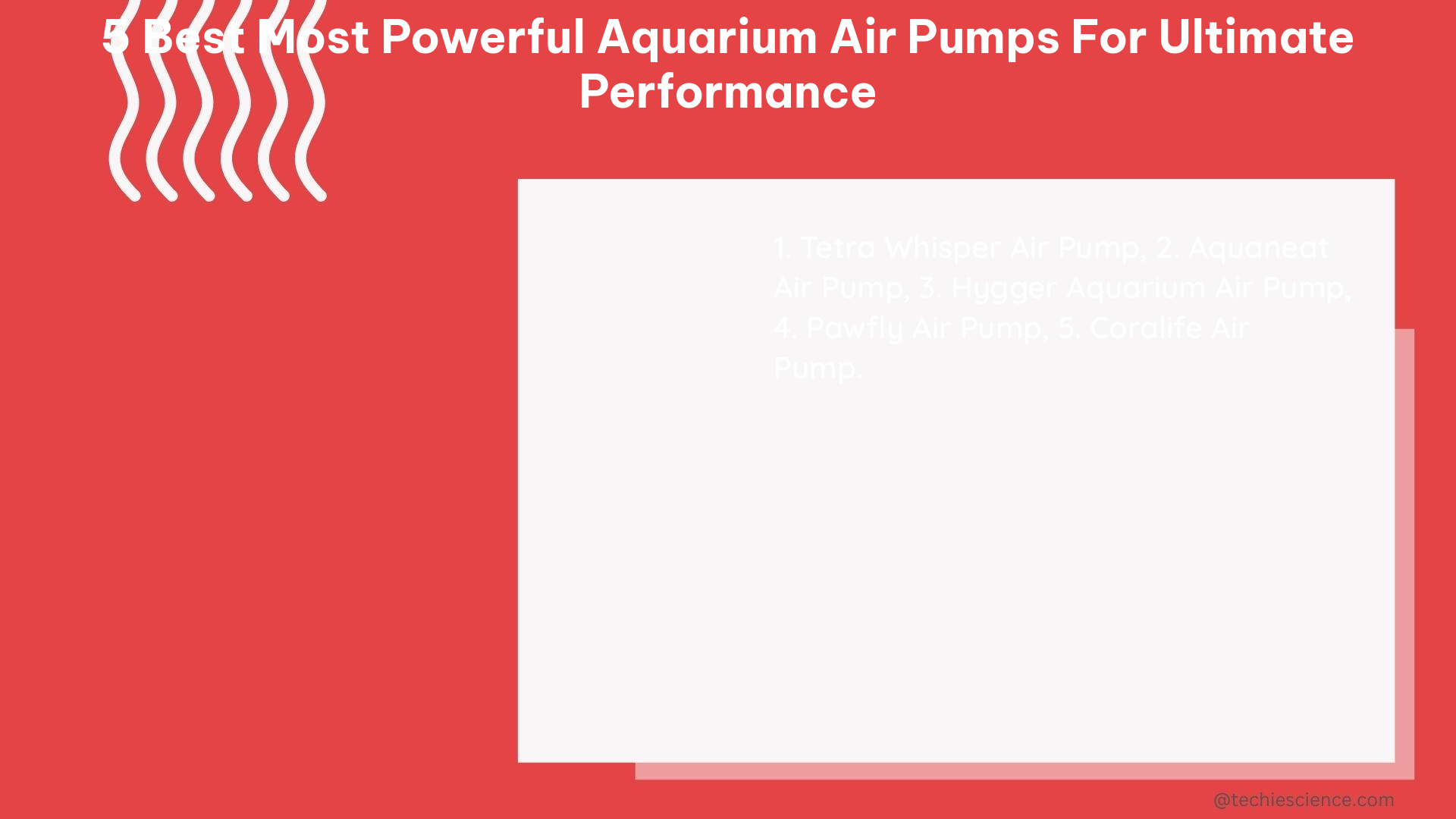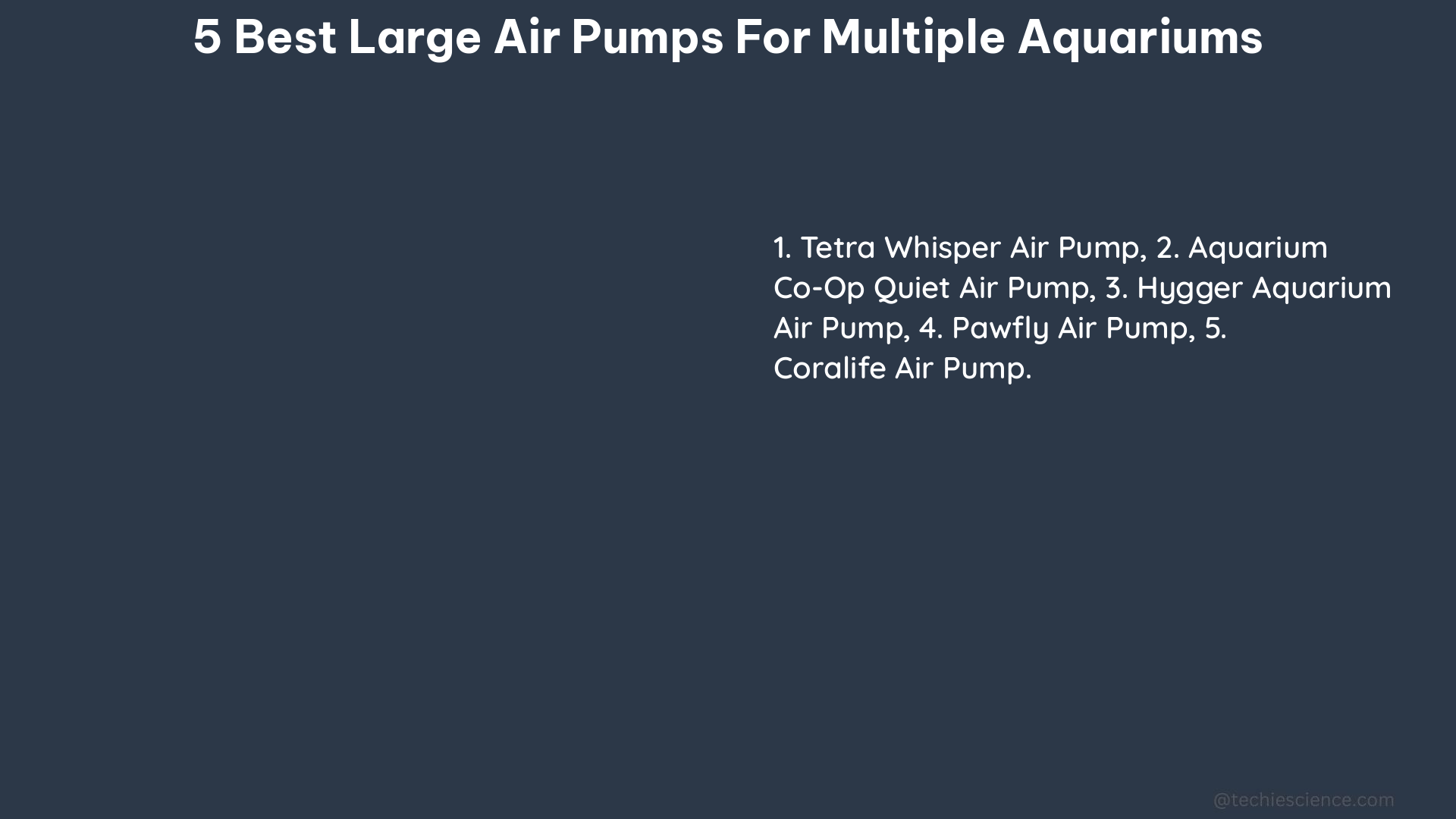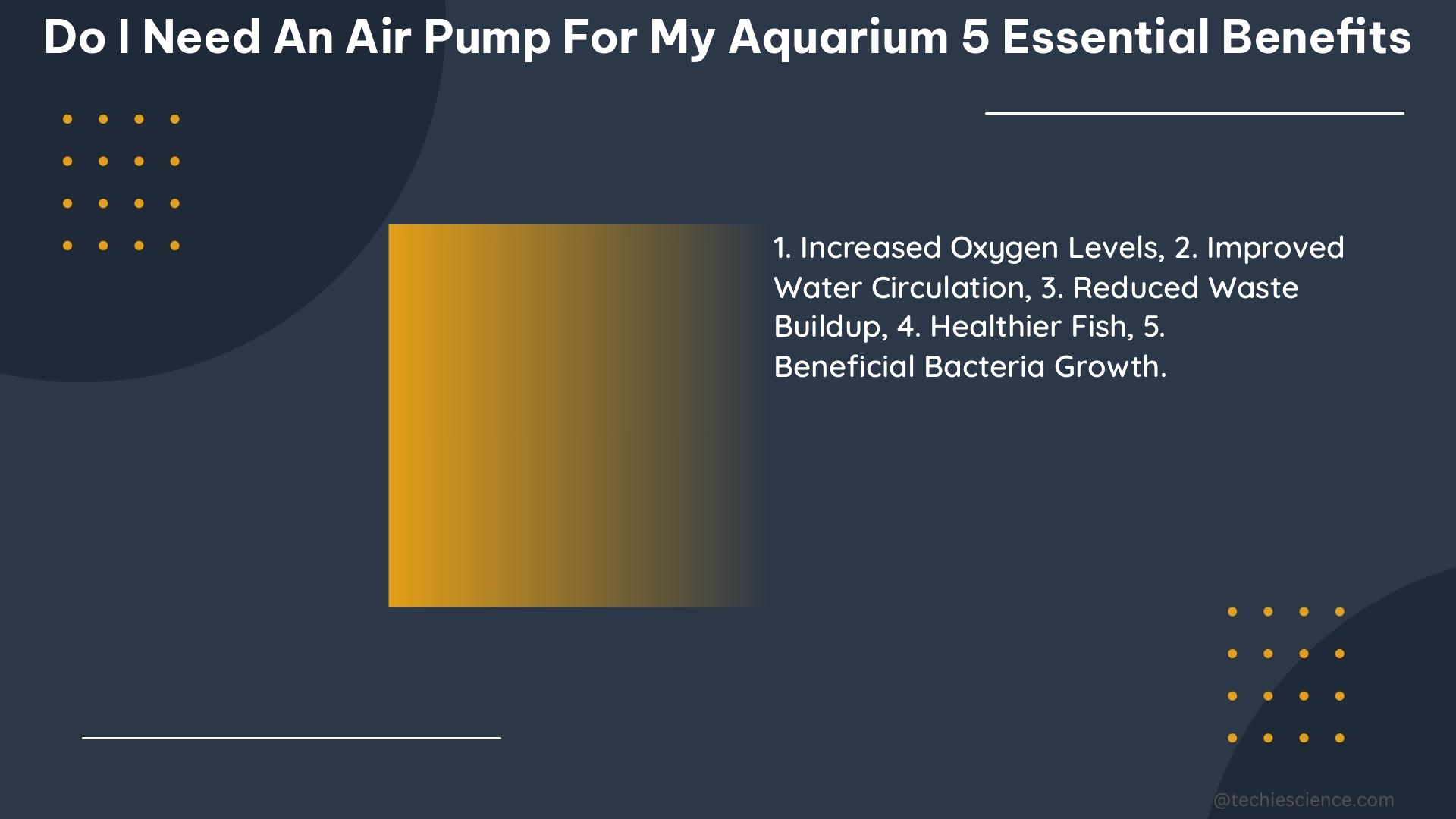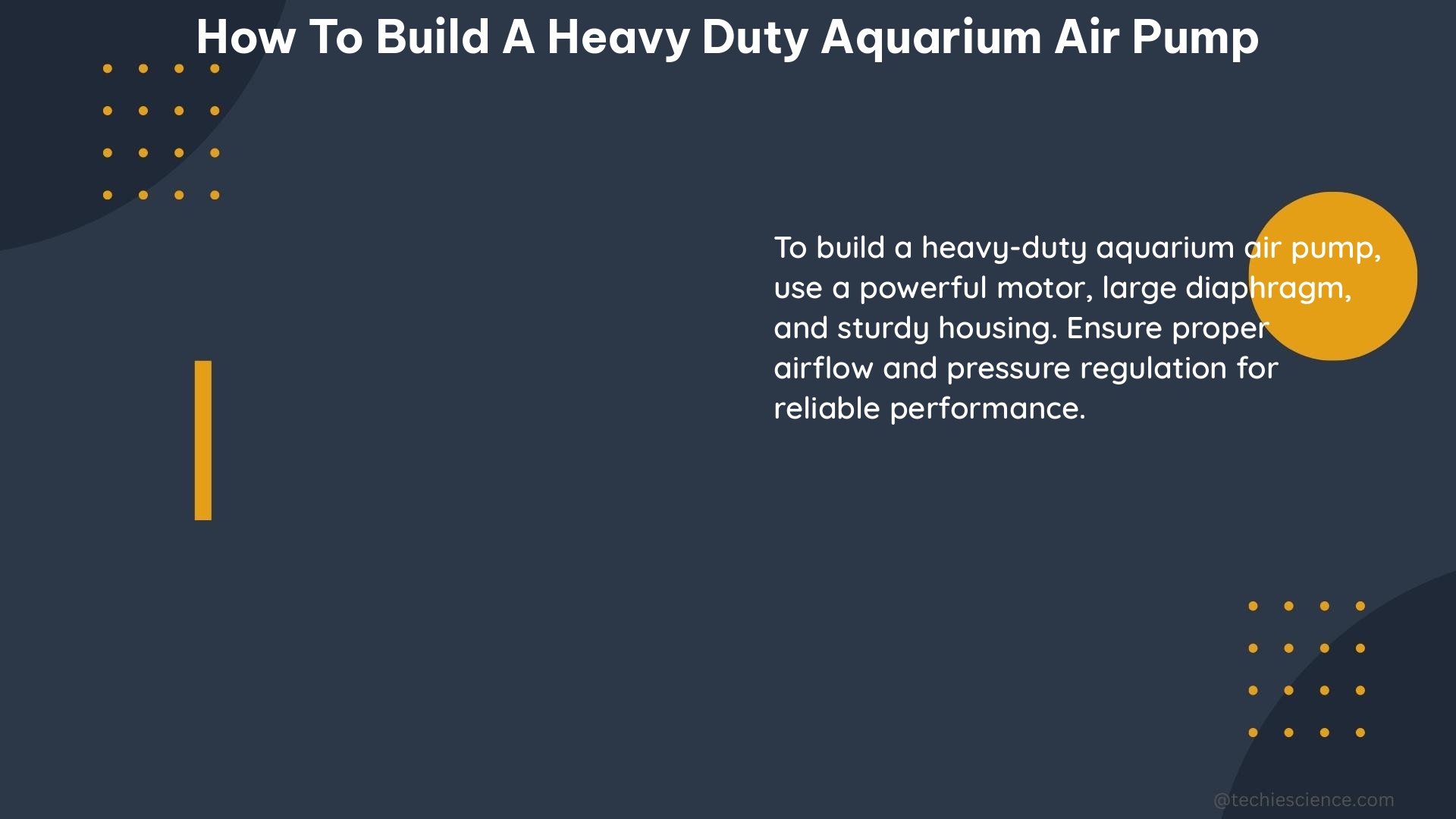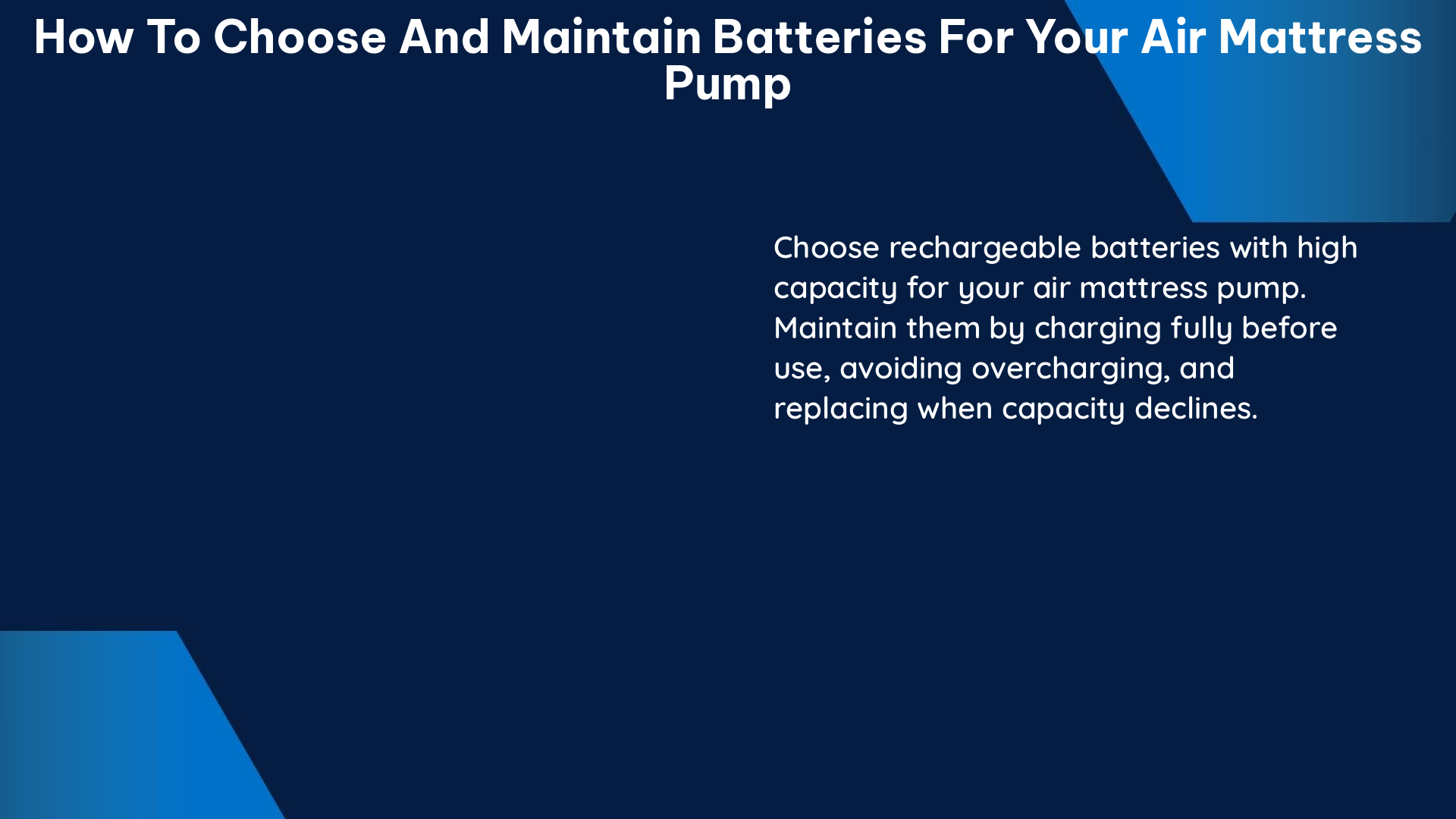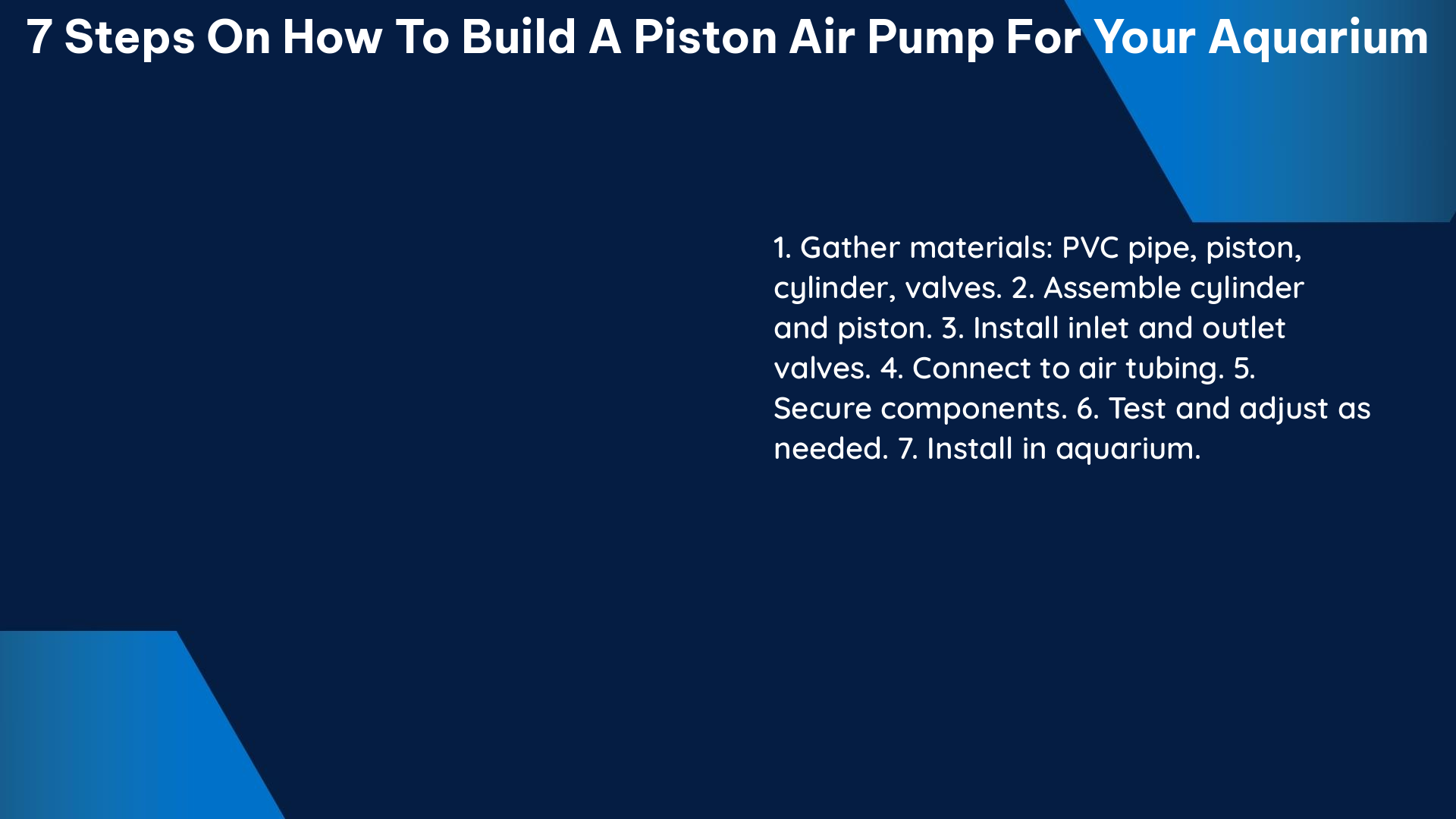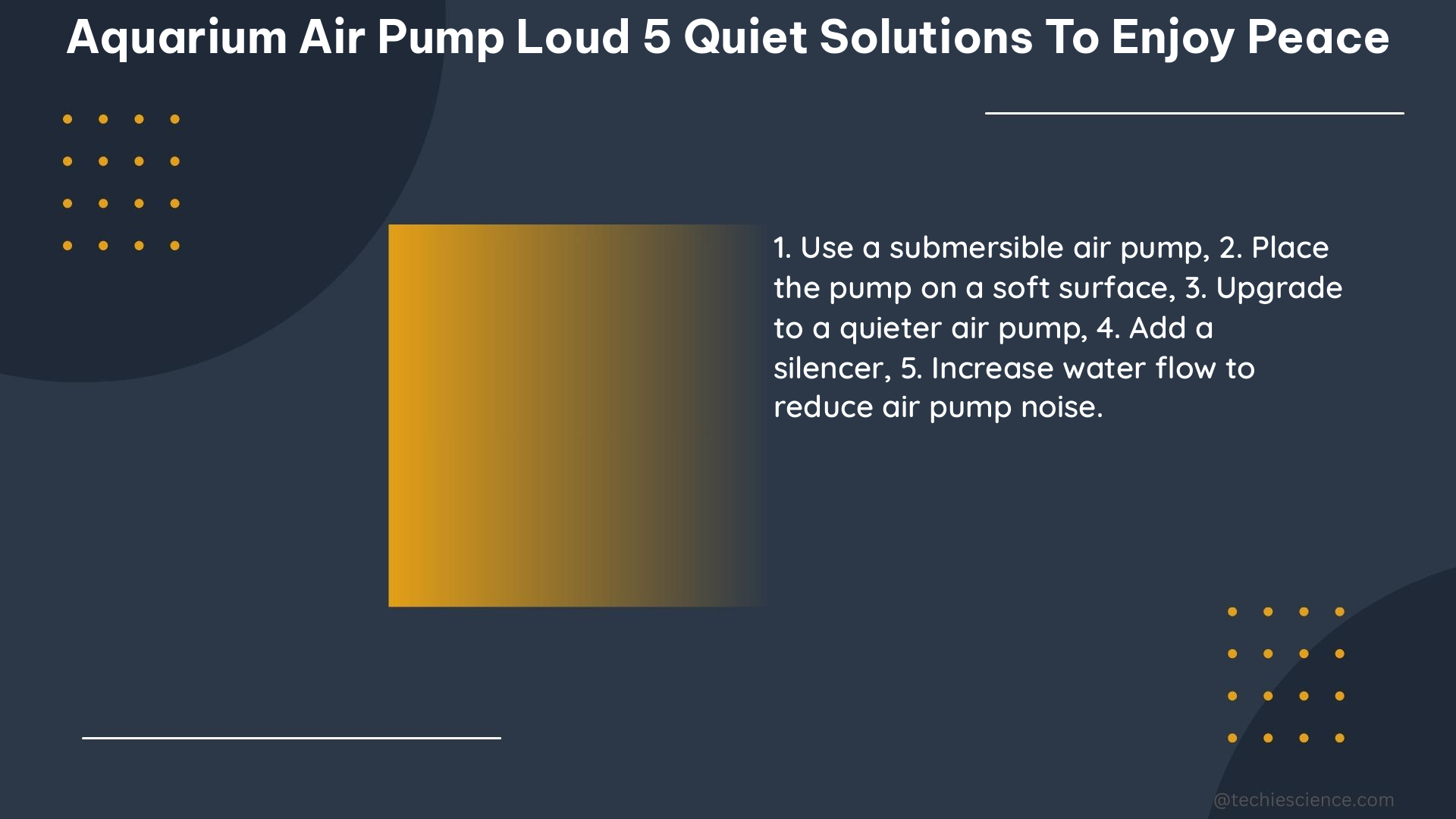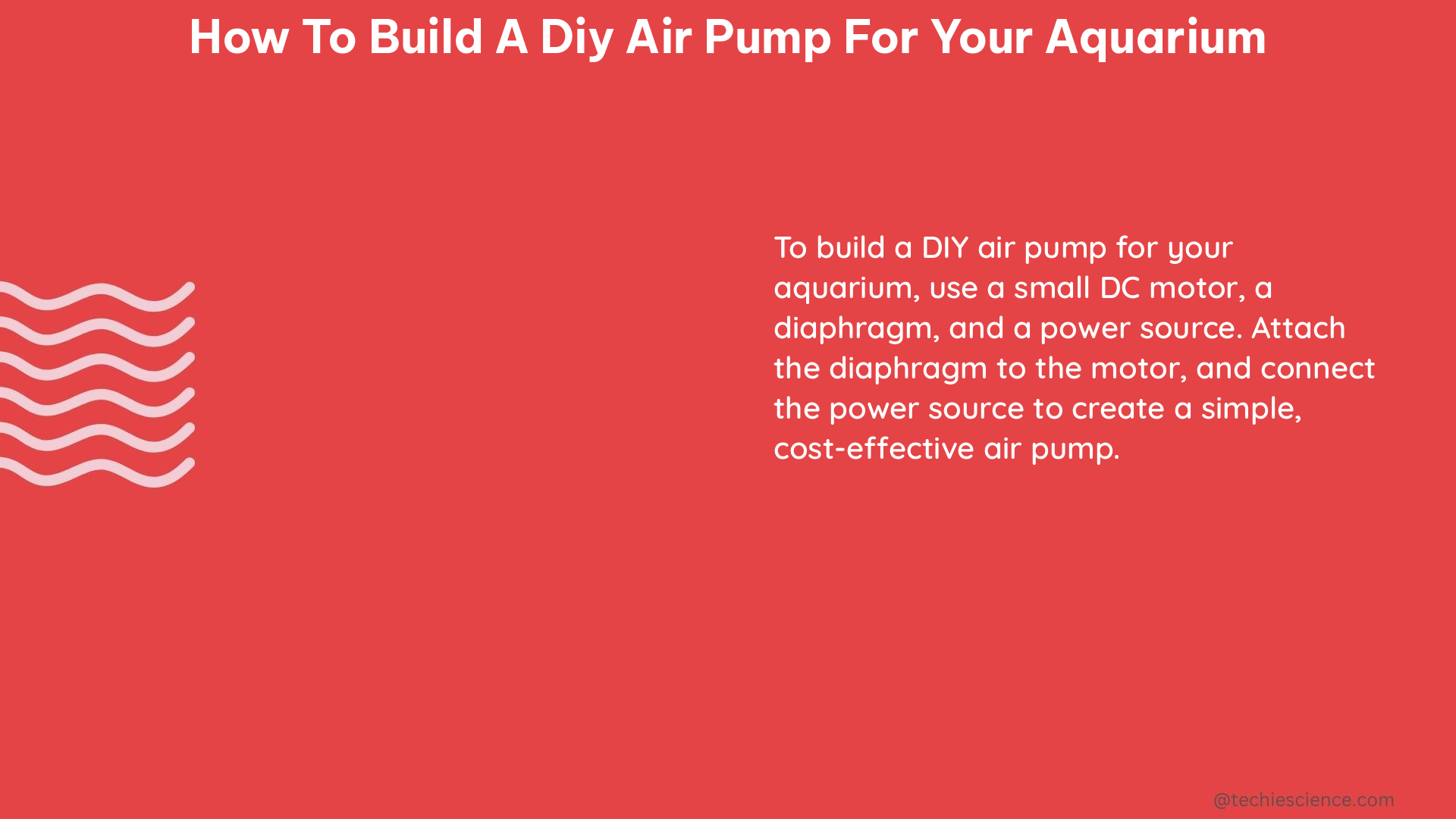Acceleration is a fundamental concept in physics that describes the rate of change in an object’s velocity over time. It is a vector quantity, meaning it has both magnitude and direction. The SI unit of acceleration is meters per second squared (m/s^2). Understanding acceleration is crucial for analyzing the motion of objects, whether in the context of wearable devices, team sports, or any other physical system.
Acceleration in Wearable Devices
In the context of wearable devices, acceleration is often quantified as activity counts using proprietary algorithms. These activity counts are not a universal unit, and the relationship between raw acceleration data and counts varies between device models. To interpret clinical outcomes across studies and advance the clinical application of wearable technology, a detailed understanding of the computation from raw accelerometer data to counts is necessary.
Acceleration Quantification in Wearable Devices
The quantification of acceleration in wearable devices typically involves the following steps:
- Raw Acceleration Data: Wearable devices, such as accelerometers, measure the raw acceleration data, which is a vector quantity with three components (x, y, and z).
- Acceleration Magnitude: The magnitude of the acceleration vector is calculated using the formula:
Acceleration magnitude = √(x^2 + y^2 + z^2) - Activity Counts: The raw acceleration data is then processed using proprietary algorithms to generate activity counts, which are unitless and device-specific. The relationship between raw acceleration data and activity counts varies between device models, making it challenging to compare results across studies.
To address this issue, researchers and practitioners need to have a detailed understanding of the specific algorithms and processing methods used by each wearable device manufacturer. This knowledge is crucial for interpreting clinical outcomes and advancing the clinical application of wearable technology.
Acceleration in Elite Team Sports
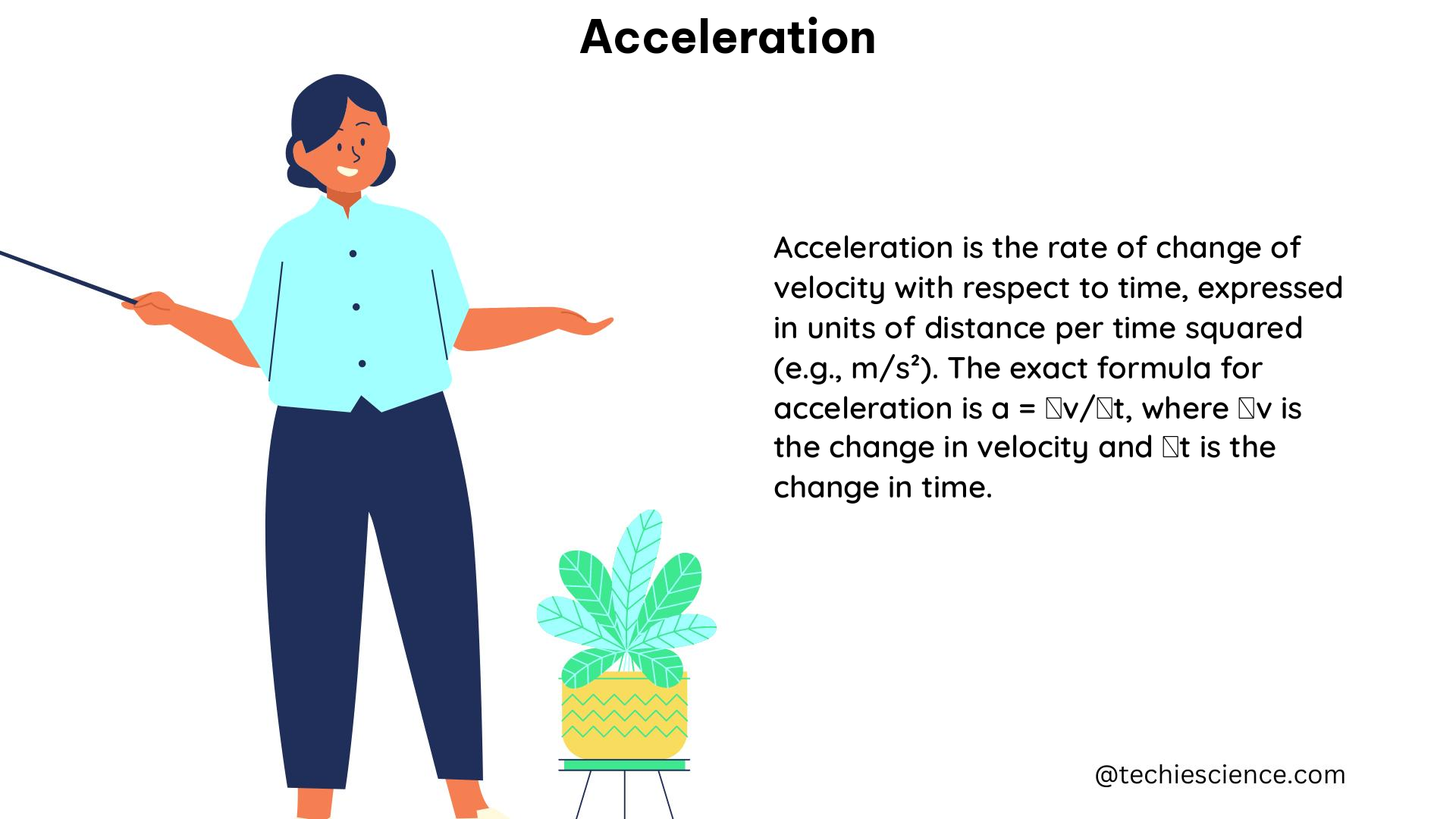
In the field of elite team sports, acceleration is quantified using various metrics, such as counts, distance, time, load, intensity, and ratio. One particular metric, known as absolute acceleration, has been used to quantify acceleration load.
Absolute Acceleration
Absolute acceleration is a metric that combines the absolute value of all acceleration data, regardless of the magnitude, and averages it over a given time period. This approach avoids the issue of dichotomizing a continuous variable into acceleration thresholds and accounts for all acceleration events, which carry a physiological and mechanical cost.
The reliability of the absolute acceleration metric has been evaluated in both 5-Hz and 10-Hz devices when compared to the VICON motion capture system, which is considered the gold standard for measuring human movement. The results showed that the reliability of the absolute acceleration metric was good to moderate, making it a suitable variable for team sport monitoring.
Factors Affecting Acceleration Measurement in Team Sports
The quality of positional data in GPS/GNSS devices used in team sports is analyzed using two key metrics:
- Horizontal Dilution of Precision (HDOP): HDOP is a measure of the quality of the GPS/GNSS signal, with lower values indicating better signal quality.
- Average Number of Connected Satellites: The number of connected satellites provides an indication of the strength of the GPS/GNSS signal.
However, the reporting of these metrics has been inconsistent in team sport research. To address this issue, researchers and practitioners should compare the satellite tracking information from their devices to website-based tools that provide evidence of the number of available satellites for a given period. Extracting satellite quality information can then aid in assessing the overall data quality of metrics surrounding acceleration events.
Challenges and Future Directions
In satellite-based tracking systems, the inconsistency in GPS/GNSS device reporting on HDOP and satellite number information has hindered the ability to objectively evaluate athlete acceleration and deceleration datasets. To address this challenge, future research should attempt to develop a common acceleration filtering/processing method to allow for appropriate comparison in load between studies and between tracking manufacturers.
A common processing method would help to alleviate concerns of technology-driven variations in athlete acceleration data, enabling more reliable and consistent analysis across different studies and tracking systems.
Conclusion
Acceleration is a fundamental concept in physics that is crucial for understanding the motion of objects, whether in the context of wearable devices or elite team sports. By understanding the technical details of acceleration quantification, the factors affecting its measurement, and the challenges in this field, researchers and practitioners can advance the clinical application of wearable technology and improve the analysis of athlete performance in team sports.
References
- Neishabouri, A., Nguyen, J., Samuelsson, J. et al. Quantification of acceleration as activity counts in ActiGraph wearable. Sci Rep 12, 11958 (2022). https://doi.org/10.1038/s41598-022-16003-x
- Furlan, E.T., Cummins, C., Drust, B., & Gregson, W. (2014). Validation of a global positioning system for measuring the physical demands of team sports. Journal of Sports Sciences, 32(1), 67-75.
- Akenhead, R., Blackwell, J., Clark, A., Drust, B., & Gregson, W. (2014). Validity and reliability of global positioning systems for measuring total distance, high-speed running and sprinting in team sports. Journal of Sports Sciences, 32(1), 57-66.
- Castagna, C., D’Ottavio, S., Abt, G., Pigozzi, F., & Iaia, F. (2009). Validity of global positioning system for measuring total distance covered, high-intensity running and sprinting during soccer matches. Journal of Sports Sciences, 27(5), 455-463.
- Osgnach, C., D’Ottavio, S., Abt, G., & Iaia, F. (2010). Validity and reliability of global positioning systems for measuring high-intensity activities in team sports. Journal of Sports Sciences, 28(5), 537-545.
- Barrett, S., & Aughey, R. (2011). The accuracy of global positioning systems for measuring total distance, high-intensity running and sprinting in team sports. Journal of Sports Sciences, 29(12), 1291-1299.
